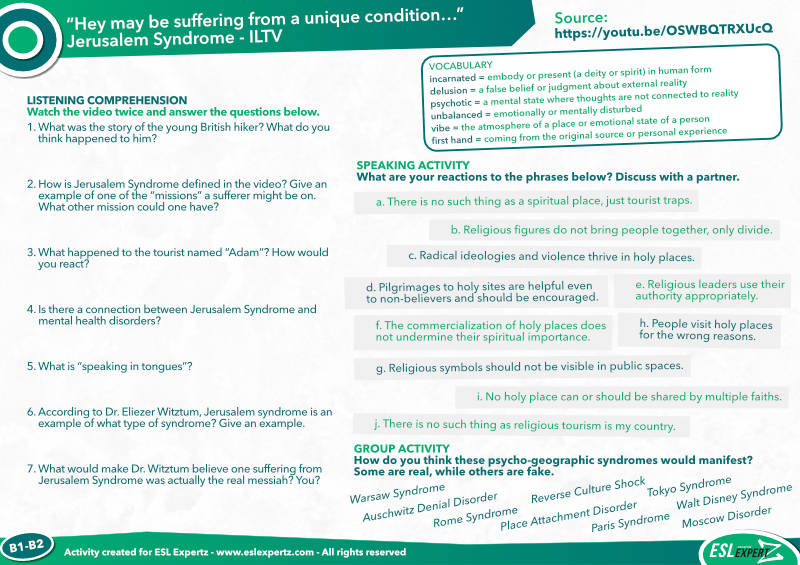
ESL Discussion Worksheet: Jerusalem Syndrome
There are lots of strange disorders in the world, but there are some that are more strange than others. In this ESL discussion, students will learn about Jerusalem Syndrome, a very specific and strange disorder that only happens, you guessed it, in Jerusalem.
There are lots of strange disorders in the world, but there are some that are more strange than others. In this ESL discussion, students will learn about Jerusalem Syndrome, a very specific and strange disorder that only happens, you guessed it, in Jerusalem.
After watching the video and answering questions, students will discuss holy sites, spiritual places and religious figures in today’s world. Finally, in small groups they will define other psycho-geographic disorders and then present them to the class – some being real and others made up.
Instructions
Use this ESL Discussion Worksheet however you’d like, but here’s what we recommend:
- Warm-up: Ask your students to make a list of mental health disorders or problems they have heard of. For example, PTSD, OCD, depression, etc. They can give a short description, too. Once you finish the list, Ask students if they have ever heard of Jerusalem Syndrome. If you have a student or two who have heard of it, they can skip the next question, but participate after the first viewing. For those who haven’t heard of Jerusalem Syndrome before, ask them what they think it is, what it looks like, what the symptoms might be just based on the name. Then, watch the video.
- Watch the video once: If you had students who had already heard about Jerusalem Syndrome, have them decide which of the hypotheses was the closest to the truth. Then, ask each student the question from the video, “Is Jerusalem Syndrome a mental disorder, a cultural phenomenon or are these people actually speaking to God?” Give everyone a chance to answer the question.
- Vocabulary: Check out the vocabulary on the PDF and answer any questions.
- Watch the video a second time: Answer the questions on the PDF in pairs.
- Speaking Activity: Put students in pairs to complete the speaking activity – directions on the PDF.
- If you’ve still got time left over, put your students in new pairs or small groups and do the group activity.
The video: https://youtu.be/OSWBQTRXUcQ
Looking for more? Check all our Advanced Activities and our Discussion Worksheets.
Reviews
It takes a team of 13 to create and produce this material. In order for that to continue, please think about purchasing your own subscription to ESL Expertz and encourage your colleagues to do the same. We appreciate your confidence and support!
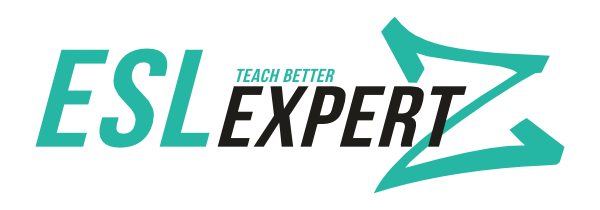
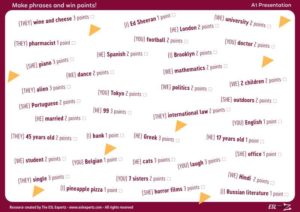
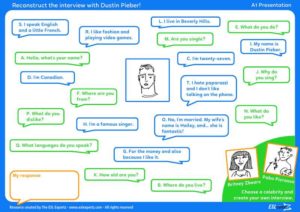
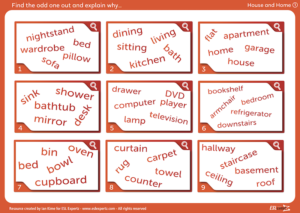
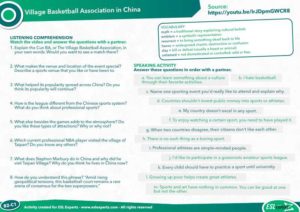
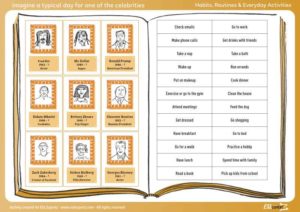
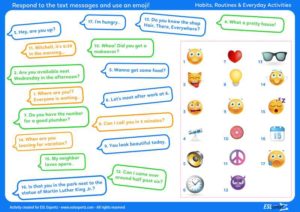
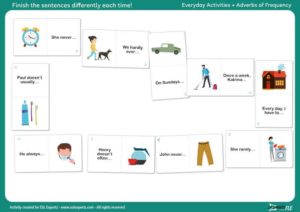
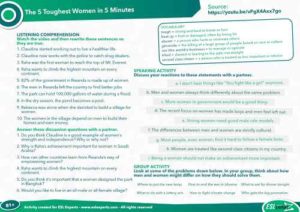
There are no reviews yet.